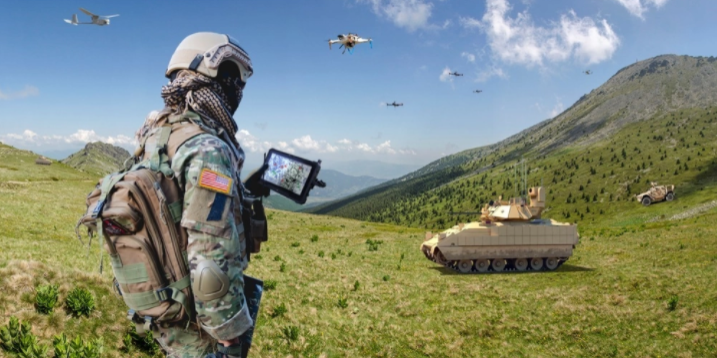New priorities have emerged from the Army’s Multi-Domain Operations (MDO) concept that establishes the importance of artificial intelligence (AI) and machine learning (ML) on a continuously evolving battlefield. The current iterative cycle of continuously collecting data, discarding irrelevant data, annotating objects offline, and then training and deploying new models is resource-intensive and unsustainable for chaotic combat environments. We propose a unique human-autonomy interaction approach that leverages a Soldier’s innate adaptability to changing environments and emergent threats. Opportunistic sensing is an approach in which operational data required for AI/ML algorithms are obtained as unobtrusively as possible from tasks a Soldier is already performing by sensors already in place for other reasons. By fusing real-time, opportunistically sensed data derived from Soldier behavior during relevant military operations with AI/ML algorithms, we may improve the performance and process for these new technologies. The focus of our effort has been on automatic target recognition (ATR) algorithms, but the current performance gaps associated with a lack of contextual data can be extended to many proposed AI/ML solutions. This presentation will provide an overview of our opportunistic sensing approach for integrating human capabilities into the battlefield AI/ML ecosystem, primarily at the ground level with dismounted Soldier interaction with individual weapons. Insights will be shared from recent live-fire experiments and simulated force-on-force exercises. However, we will also cover our recent efforts within the mounted domain by leveraging Soldiers’ interactions with their fire control interfaces from within vehicles.


